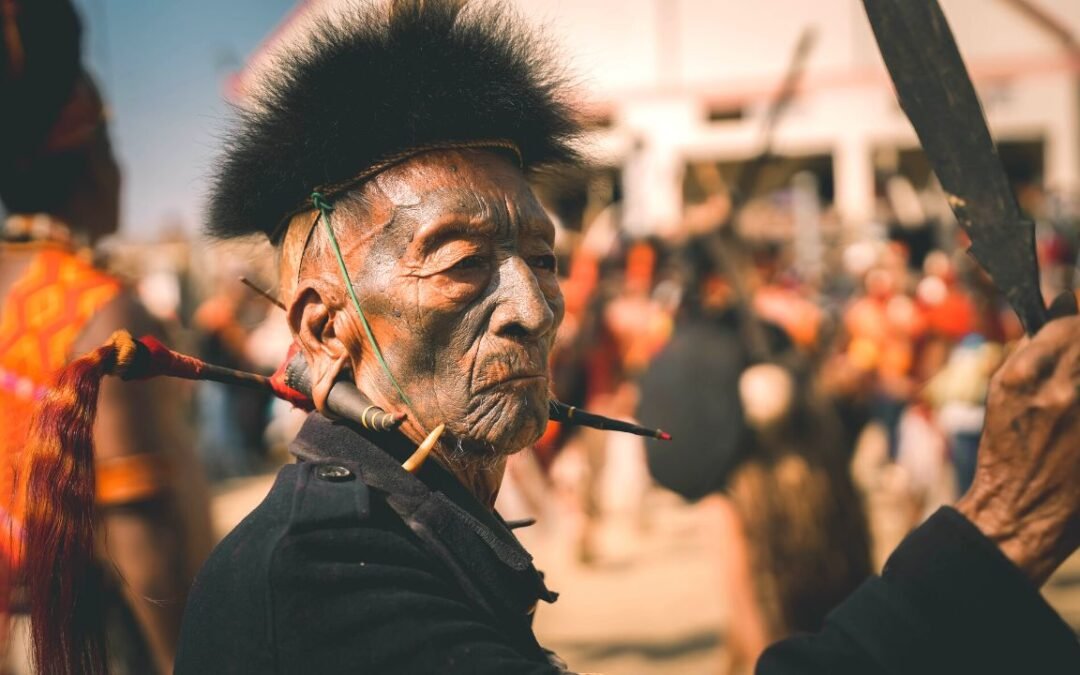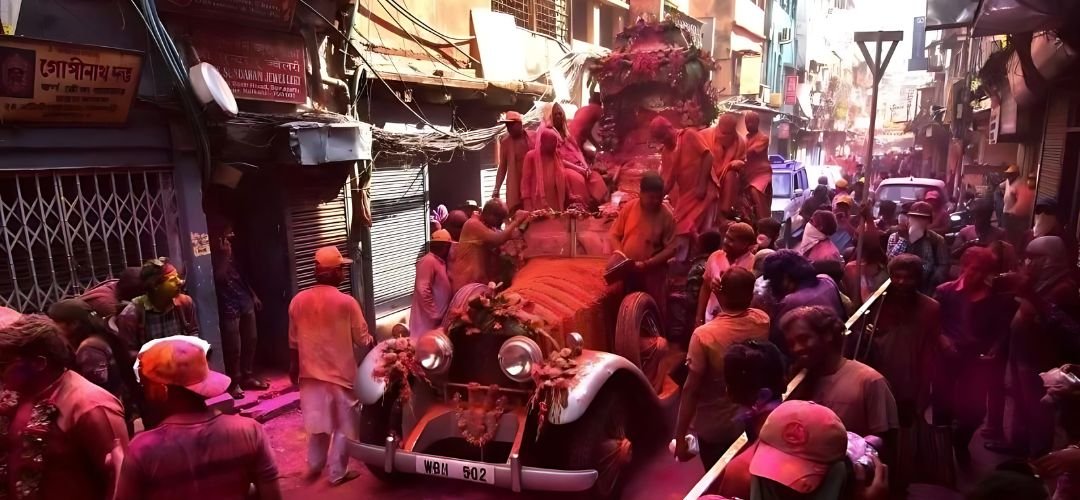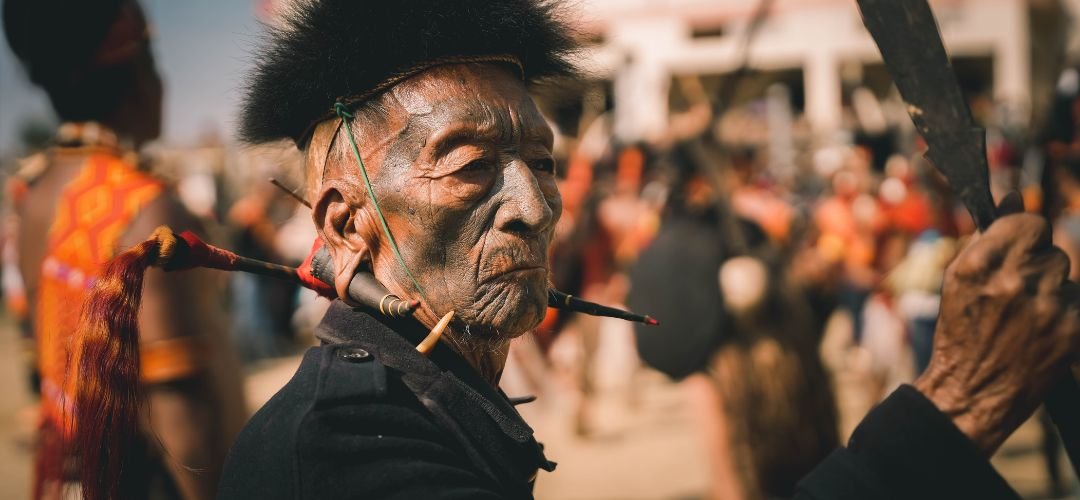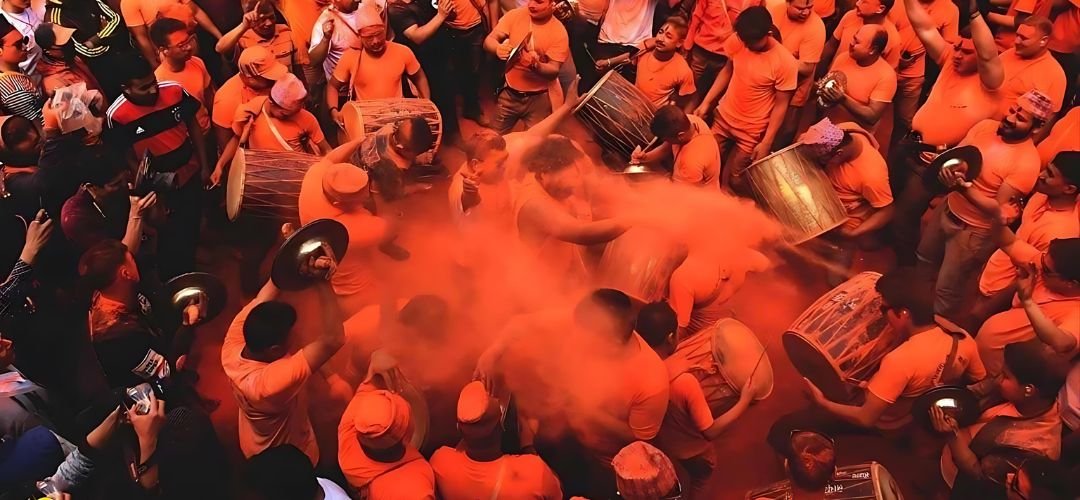Being a typical Bengali, Durga Puja has a special place. I dive headlong into all the fun and craziness during those four days. But, I also like to experience the culture of other communities and countries. So here I am, writing down about my experiences at Navratri Golu in Chennai.
The idea of writing this post came to me when I saw the so many viral posts doing round the internet about how Durga Puja is so different from Navratri celebration in rest of the country. There was a post that was countered by another, and then another that led to a debate about the Festival (seriously, can you really debate about how you should pray?). The posts were a great read and I enjoyed all of them whether I endorsed or not. (On a serious note, I think the writers are awesome, I could never pull off such viral posts). So these posts actually made me think that I have only celebrated Durga Puja all my 30 years of life and have not experienced Navratri celebration at all. That too, Navratri is celebrated in different ways in the different parts of the country. Luckily, I was at Chennai just when Navratri started and I was quite lucky to see Navratri Golu or Kolu celebration in a Tamilian household.

What is Navratri Golu?
Like the rest part of India, Tamil Nadu too gets absorbed in the feast of light, sound, music and food during the time of Navratri that is celebrated for nine days. And the tenth day being Dussehra or Vijaya Dashami. Navratri in Tamil Nadu is celebrated by keeping “Golu” in houses. Golu or Bommai (Doll) Kolu is actually a display of dolls on a number of tiers or steps.

Traditionally, there are nine steps representing the nine days of Navratri. The households display different types of dolls in the steps. The dolls represent idols of the gods and goddesses.

These dolls can also represent various human activities also. These colourful dolls often depict various day-to-day functions like the market place, vegetable seller and even marriage ceremonies. Thematic representations of events and anecdotes from the ancient scriptures of the Mahabharat and Ramayana are also seen in Golus.


Not only the homes but also temples have Golu decorations. I had visited the Mylapore Temple and was so impressed to see all the decorations there. The streets are also full of shops selling these clay dolls.

During these nine days of celebration, the houses are decorated, the steps are put up and all are in a festive mood. During these nine days, dishes of different pulses are made at home and offered to the Goddess. Also, they follow a strict vegetarian diet during these days. The ninth day is celebrated with Saraswati Puja, the goddess of knowledge. Books and musical instruments are offered to the Goddess along with the Golu. Ayudai Puja is also done this day. It is the worship and thanksgiving of all the implements, tools and vehicles (very like our Viswakarma Puja). The tenth day is the day of victory of good over evil and the day to start anew, to start fresh. On the tenth day, the Golu dolls are dismantled and packed for the next year’s celebration.

I was there in Chennai for two days and saw the Navratri Golu celebration. Golu is also the time for socializing, meeting old friends and relatives. Houses are mostly filled with guests during this time. I had a wonderful time there while understanding and seeing a new culture and tradition. Maybe next time, I will be at some other part of the country enjoying their festivities. I thank Mallika Aunty and my dear friend Aditi for introducing me to Golu. And thank you Anad for the photographs!


The facts presented here are what I heard during my stay in Chennai. They might be inaccurate or incomplete. Please feel free to share your thoughts and if anything needs to be corrected.
Photo Courtesy: Anand Chandrasekhar









0 Comments